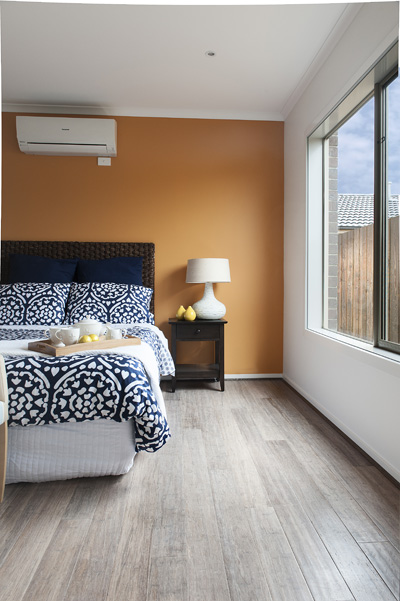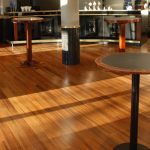Timber Vs Bamboo Flooring – Part I

Beach
Bamboo and timber flooring materials at first glance may appear to be almost identical. They both have quite a similar look and feel.
Bamboo is a type of grass, whereas timber is harvested from trees. For this reason there are certain aspects that set apart these two flooring choices.
- Lets consider them:
- Cost
- Durability
- Moisture
Timber Vs Bamboo Flooring – Cost
Bamboo: This material is consistently priced lower per square metre than timber. The reason for this is due to the availability of the material. Bamboo grass stalks grow rapidly and attain full growth in just 3-5 years. This is significantly less than the 15-20 years of the maturing process of timber. For this reason the material is priced lower than timber.
The price difference is not at all related to quality and durability as you will see below that Bamboo is far more durable than timber and far less susceptible to elements.
Timber: You will find that timber is priced significantly higher than that of its bamboo counterpart. The price charged for installation is also higher than bamboo. While we have explained the reason for the supply cost difference, the installation cost will also be a factor. The installation of timber floorboards is more laborious and requires additional processes due to the fragility of the material.
Timber Vs Bamboo Flooring – Durability
Bamboo has a noticeably higher Janka (hardness) rating compared to timber. Bamboo floors that are manufactured using the strand woven manufacturing technique are very strong, dense and durable. They are dent and scratch resistant, so can be installed in homes with pets and active children as well as being suitable for commercial environments with heavy foot traffic.
Bamboo: Strand woven bamboo has a hardness rating of 16.1kN. What this means for the average Australian household is that a bamboo floor is far more durable and less susceptible to dents and scratches as well as moisture. Your bamboo floors will last far longer than if you were to install hardwood timber. When we visit you for a measure and quote ask us for a scratch test. We will be happy to show you just how resistant the material is to damage.
Timber: There are many different species of both hard and soft timbers that can be used as flooring materials. An average Australian house is built with timber that has a hardness rating of 9.5kN. Due to this low Janka rating, it is more prone to wear and tear. It is also far more affected by moisture and requires careful upkeep to avoid issues such as cupping and movement.
Timber Vs Bamboo Flooring – Moisture
Bamboo: The composition of strand woven bamboo means that it is less affected by moisture absorption. The fibres within the bamboo are vertical opposed to timber which are round. The process of making strand woven bamboo flooring follows that same vertical direction and this therefore reduces the possibility of moisture absorption. During manufacturing the material is also steamed and dried, this achieves a moisture level of 10% which prevents curving after installation and also makes it resistant against mildew.
Timber: Timber flooring is largely affected by moisture and its surroundings. Although it can be sealed to make it somewhat resistant to liquid absorption, allowing water to remain on it for a period of time still may cause irreversible damage. Flooding will generally leave a hardwood floor irreparable and moisture coming up from below the boards can cause movement and the growth of mold and mildew.
So how does bamboo flooring sound so far? If you’re in Brisbane and interested in bamboo flooring, please give us a call!



